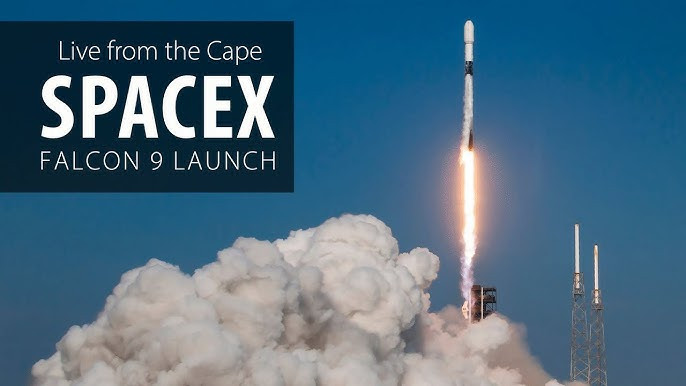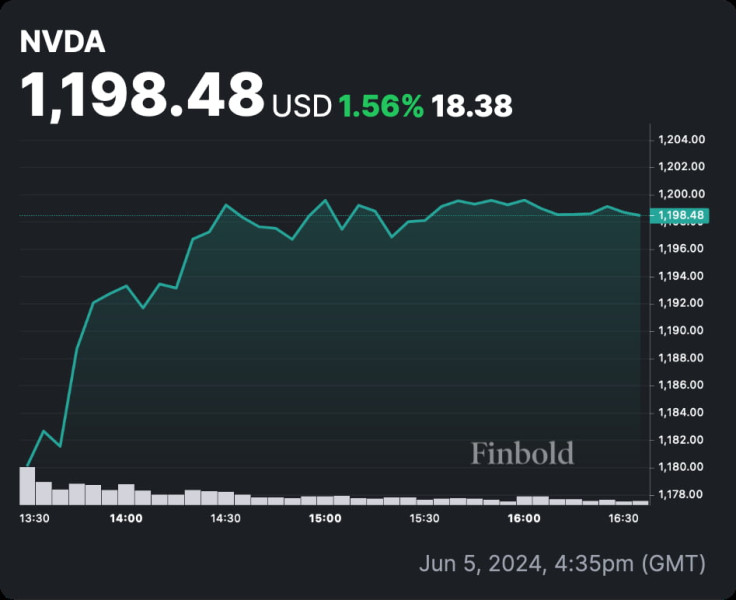November 19, 2025, marks a significant milestone in the realm of space exploration and satellite technology as SpaceX successfully launches another batch of Starlink satellites into orbit. This latest mission, taking place at the break of dawn, signifies a critical step forward in providing global internet access, especially to remote and underserved regions.
SpaceX's launch today from the Space Launch Complex 40 (SLC-40) at Cape Canaveral Space Force Station is part of the company's ambitious plan to deploy a constellation of thousands of satellites. The Falcon 9 rocket, a workhorse in SpaceX's fleet, carried the payload of Starlink satellites, which will join the growing network aimed at delivering high-speed, low-latency internet service to the world. The launch, which occurred without a hitch, is a testament to SpaceX's technological prowess and its commitment to revolutionizing global connectivity.
The Starlink constellation is designed to provide seamless internet coverage, particularly in areas where traditional infrastructure is lacking. By positioning satellites in low Earth orbit (LEO), SpaceX aims to reduce latency and improve the reliability of internet connections. This approach contrasts with traditional geostationary satellites, which orbit much higher and can suffer from higher latency and signal degradation. Today's launch further cements SpaceX's position as a leader in the new space era, leveraging reusable rockets to drastically reduce launch costs and increase launch frequency.
The launch event was streamed live, allowing space enthusiasts and tech enthusiasts worldwide to witness the historic moment. The Falcon 9 rocket, after delivering its payload to orbit, successfully landed its first stage on a drone ship at sea, marking another successful recovery. This reusable technology is central to SpaceX's mission to make space travel more accessible and sustainable, as reusable rockets significantly cut down on the cost per launch.
As SpaceX continues to launch more Starlink satellites, the company's efforts to bridge the digital divide become increasingly evident. The global expansion of the Starlink network is not only about providing internet access but also about fostering economic development and educational opportunities in underserved regions. The ability to connect people in remote areas to the global digital ecosystem has the potential to transform lives and communities, opening up new possibilities for education, healthcare, and commerce.
The success of today's launch underscores the pivotal role that private space companies play in advancing space exploration and technology. As SpaceX continues to push the boundaries of what is possible, the company's innovations are not just about reaching for the stars but also about improving life on Earth. With each launch, SpaceX brings us one step closer to a future where everyone, regardless of location, has access to the transformative power of the internet.



